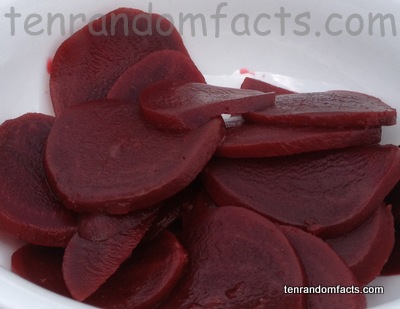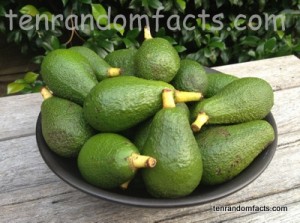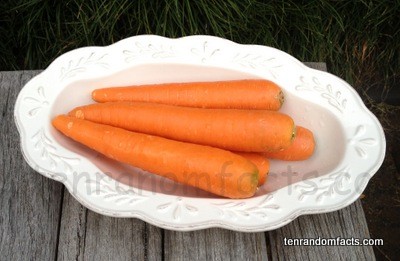
These facts are as cool as a cucumber.
- Cucumbers are generally torpedo shaped edible fruit or vegetables, and a fruit bearing creeper vine from the family Cucurbitaceae, the family of gourds.
- The scientific name for a cucumber is cucumis sativus, and some of the varieties are apple cucumber, continental or telegraph cucumber, lebanese cucumber and pickling cucumber.
- Cucumbers are native to India although they have been grown in Egypt, Greece and Rome for thousands of years.
- Bees (normally honey bees) are often transported to cucumber farms where there aren’t bees, because cucumbers need them to for pollination.
- China was the top producer of cucumbers in 2010 with 40,709,556 tonnes (40,066,610 tons), producing over 70% of the world’s cucumbers.
- Cucumbers have edible skin and seeds, and are most often eaten raw, but are also eaten cooked, sliced and pickled.
- Cucumbers are made up of 90 – 96% water, and as a result they were often brought as provisions on desert trips.
- Cucumbers can be green, white or yellow in colour, depending on the variety and the age of the fruit.
- Cucumbers should not be stored near fruit, especially apples, tomatoes and melons, as they will age quicker.
- Cucumbers have very little nutritional value, and the flavour is mostly contained in the seeds, which become bitter the older the cucumber gets.

















